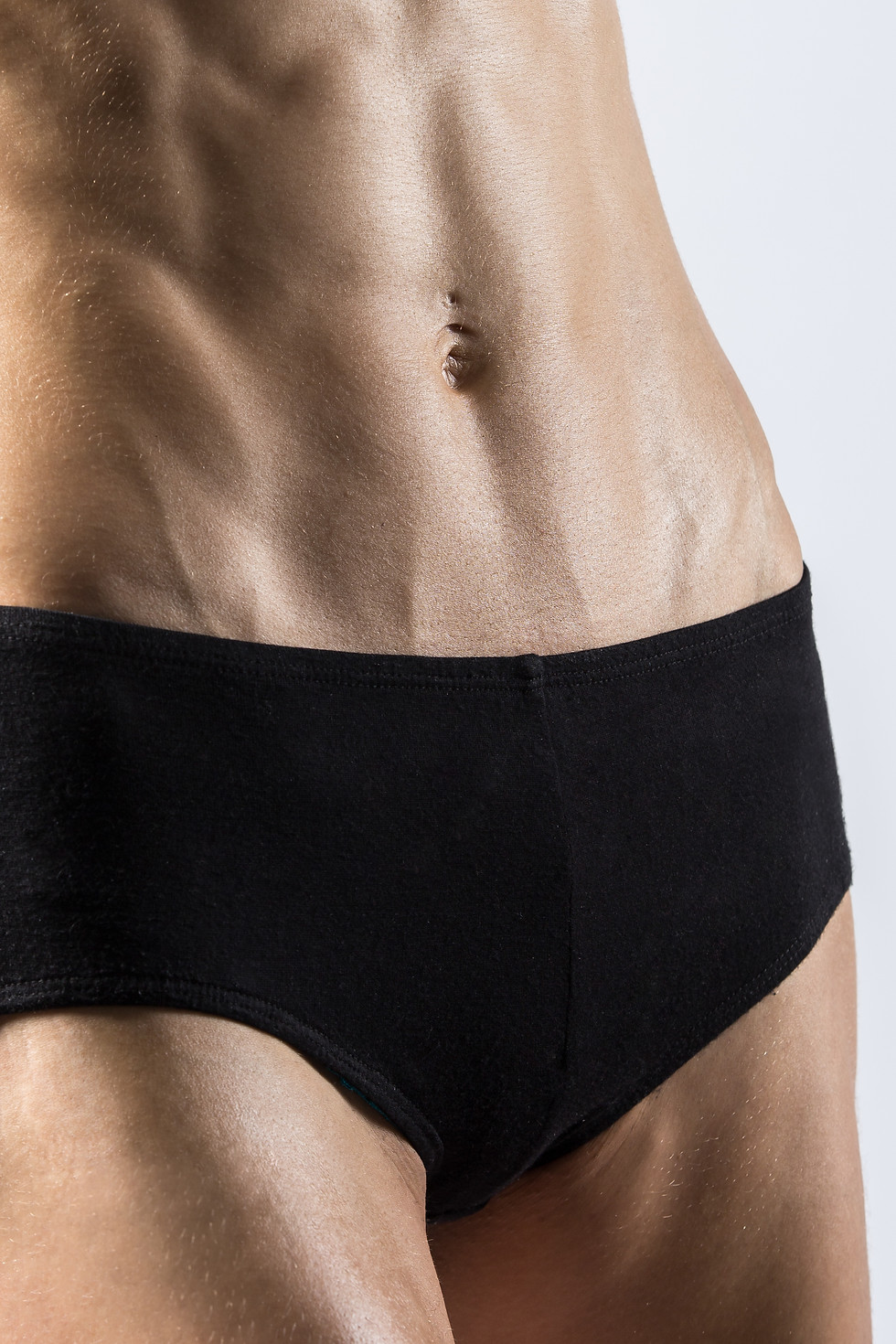
Tightening
Vaginal tightening is a surgical procedure designed to restore firmness and tone to the vaginal canal, often sought after childbirth or aging. Using techniques like laser therapy (CO2/Erbium), radiofrequency (RF), or surgical excision, the vaginal muscles and tissues are tightened for improved sensation and support. Non-surgical options like ThermiVa or Emsella use heat or electromagnetic energy to stimulate collagen. Recovery varies from minimal downtime (non-surgical) to 4–6 weeks (surgical), with results enhancing intimacy and pelvic strength.
Hymenoplasty
Hymenoplasty is a delicate surgical procedure that repairs or reconstructs the hymen for cultural, personal, or psychological reasons. The outpatient surgery involves suturing residual tissue or using a biocompatible membrane to mimic the natural hymen. Performed under local anesthesia, healing takes 2–4 weeks, with advice to avoid tampons or intercourse during recovery. Results are immediate, though the procedure is symbolic rather than medically necessary.


Monsplasty
Monsplasty reduces excess fat or sagging skin in the pubic mound (mons pubis) for a flatter, more contoured appearance. Liposuction removes stubborn fat, while surgical lifting tightens loose skin—common after weight loss or aging. The procedure takes 1–2 hours under local or general anesthesia, with 2–4 weeks of recovery. Results provide aesthetic enhancement and comfort in tight clothing.
Clitoris Hood Reduction
This procedure reduces excess tissue around the clitoral hood to improve sensitivity and aesthetics. Performed under local anesthesia, it involves precise trimming of redundant skin while preserving nerves. Healing takes 2–3 weeks, with temporary swelling. Often combined with labiaplasty, it enhances both function and appearance.

FAQs
Contemporary liposuction employs several advanced techniques: Tumescent liposuction injects a sterile solution to minimize bleeding and ease fat removal; Ultrasound-assisted liposuction (UAL) uses sound waves to liquefy fat before removal; Laser-assisted liposuction (SmartLipo) utilizes thermal energy to melt fat and stimulate skin tightening; Power-assisted liposuction (PAL) uses mechanical vibration for more efficient fat removal. The surgeon selects the appropriate method based on treatment areas, fat volume, and desired outcomes. Most procedures use small cannulas (thin tubes) inserted through tiny incisions, with many now performed under local anesthesia with sedation rather than general anesthesia for improved safety.
Liposuction permanently removes fat cells from treated areas, and these cells do not regenerate. However, remaining fat cells can still expand with weight gain, potentially altering results. Patients must maintain stable weight through balanced diet and regular exercise to preserve their new contours. The body's new shape is generally maintained if patients stay within 10-15 pounds of their post-procedure weight. Significant weight fluctuations may cause fat to redistribute unevenly, potentially creating new problem areas. Good hydration, healthy lifestyle choices, and proper skin care help maintain optimal results long-term. While the removed fat doesn't return, the natural aging process will continue to affect skin elasticity over time.
Common temporary side effects include swelling, bruising, numbness, and mild discomfort. More significant risks include contour irregularities, fluid accumulation, infection, or pigmentation changes. Rare but serious complications include deep vein thrombosis, fat embolism, or organ perforation. Risk factors increase with larger treatment areas, higher volumes of fat removal, and certain medical conditions. Choosing an experienced, board-certified surgeon in an accredited facility significantly reduces complication risks. Patients can improve safety by fully disclosing medical history, following pre/post-op instructions precisely, and maintaining realistic expectations about achievable results and necessary recovery time.